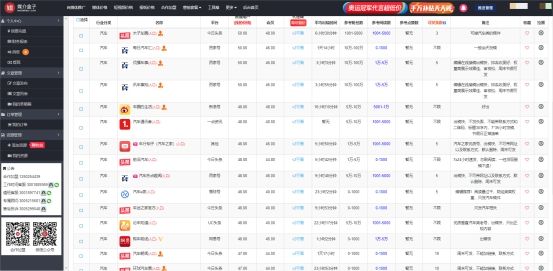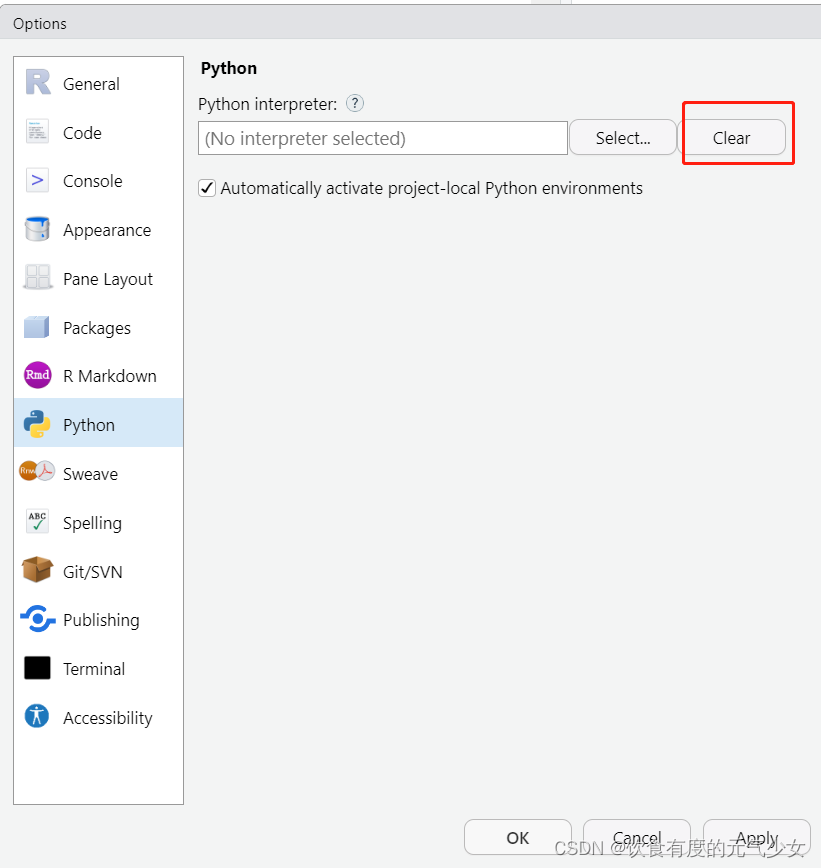602. 好友申请 II :谁有最多的好友(力扣mysql题,难度:中等)
RequestAccepted 表:
+----------------+---------+
| Column Name | Type |
+----------------+---------+
| requester_id | int |
| accepter_id | int |
| accept_date | date |
+----------------+---------+
(requester_id, accepter_id) 是这张表的主键(具有唯一值的列的组合)。
这张表包含发送好友请求的人的 ID ,接收好友请求的人的 ID ,以及好友请求通过的日期。
要求:编写解决方案,找出拥有最多的好友的人和他拥有的好友数目。
注:生成的测试用例保证拥有最多好友数目的只有 1 个人。
查询结果格式如下例所示。
示例 :
输入:
RequestAccepted 表:
+--------------+-------------+-------------+
| requester_id | accepter_id | accept_date |
+--------------+-------------+-------------+
| 1 | 2 | 2016/06/03 |
| 1 | 3 | 2016/06/08 |
| 2 | 3 | 2016/06/08 |
| 3 | 4 | 2016/06/09 |
+--------------+-------------+-------------+
输出:
+----+-----+
| id | num |
+----+-----+
| 3 | 3 |
+----+-----+
解释:编号为 3 的人是编号为 1 ,2 和 4 的人的好友,所以他总共有 3 个好友,比其他人都多。
解题分析:
主动加好友和被动加好友,都是自己的好友,需要查出所有好友;在根据好友数量来得出结论.
解题代码
with tb as (select t.requester_id id, count(1) numfrom (select requester_idfrom requestacceptedunion allselect accepter_idfrom requestaccepted) tgroup by t.requester_id)
select tb.id, tb.num from tb where tb.num = (select max(tb.num) from tb);
#select tb.id, tb.num from tb order by tb.num desc limit 1;
#可和elect tb.id, tb.num from tb where tb.num = (select max(tb.num) from tb)替换;
//输出结果
/*
+----+-----+
| id | num |
+----+-----+
| 3 | 3 |
+----+-----+
*/
代码分析
1.union all 和 union 的区别
union: 对两个结果集进行并集操作, 不包括重复行,相当于distinct, 同时进行默认规则的排序;
union all: 对两个结果集进行并集操作, 包括重复行, 即所有的结果全部显示, 不管是不是重复,不会排序;
#union all只是合并查询结果,并不会进行去重和排序操作,在没有去重的前提下,使用union all的执行效率要比union高
//例子:union all
select requester_id from requestaccepted union all select accepter_id from requestaccepted;
//输出:
/*
| requester_id |
| ------------ |
| 1 |
| 1 |
| 2 |
| 3 |
| 2 |
| 3 |
| 3 |
| 4 |
*/
//例子:union
select requester_id from requestaccepted union select accepter_id from requestaccepted;
//输出:
/*
| requester_id |
| ------------ |
| 1 |
| 2 |
| 3 |
| 4 |
*/
2.select tb.id, tb.num from tb where tb.num = (select max(tb.num) from tb);和select tb.id, tb.num from tb order by tb.num desc limit 1; 都可以
select tb.id, tb.num from tb where tb.num = (select max(tb.num) from tb);
//采用了mysql的max()函数,输出tb临时表中num最大的数据,在where查询出来.
select tb.id, tb.num from tb order by tb.num desc limit 1;
//直接order by num desc 倒序取第一条,就是结果
注意:with tb as 在mysql8.0后才可用,with tb as (select * from stadium ) 后面要和 select 联用,不能单独使用with tb as



